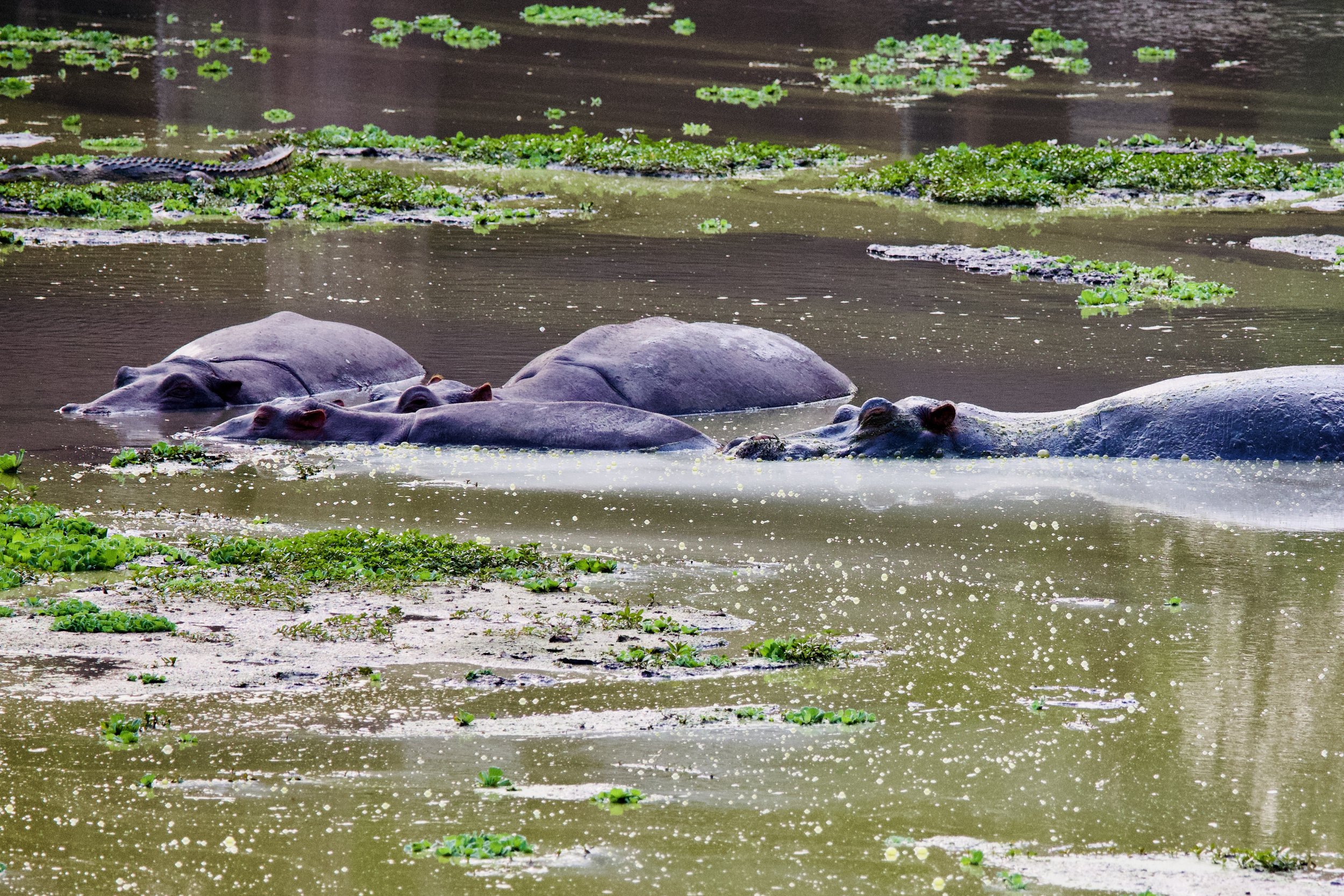While the legacy of Cecil Rhodes, one of Africa’s most infamous colonizers, remains controversial, he is an important figure in understanding the history of the region. As Prime Minister of the Cape Colony in South Africa, Rhodes and his British South Africa Company colonized the southern and central African regions of Rhodesia, modern day Zimbabwe, Zambia and Malawi. This immense land grab came at the expense of local populations, who were often brutally evicted to make way for white settlers. Rising protests against discrimination during the 20th century eventually led to independence for Northern Rhodesia, which became the independent states of Zambia and Malawi in the 1960’s.
Zambia’s first president, Kenneth Kaunda, was an independence hero whose 27-year-rule became increasingly plagued by accusations of corruption. In 1991, Kaunda finally gave into calls for multi-party elections, allowing his successors to strengthen the country’s democratic institutions. Having avoided the same fate as Zimbabwe - which continues to suffer under chronic corruption and economic mismanagement - Zambia has enjoyed an upswing in it’s fortunes.
Crossing from Zimbabwe to Zambia, the divergent paths of these two former colonies was immediately noticeable. We journeyed along relatively smooth roads, through prosperous villages, and — after spending the night on the outskirts of the capital city, Lusaka — we made our way along the Luangwa river valley to a campsite near South Luangwa National Park.
Before reaching camp, we stopped by a workshop where local artisans collected wire salvaged from poaching snares to create fabulous jewelry pieces. The wire is manipulated into delicate shapes, then adorned with locally sourced materials, including guinea fowl feathers and semi-precious stones.
South Luangwa park is well known for an abundance of wildlife, and we immediately spotted large numbers of hippo wallowing in the calm water. The following morning, we entered the park and found herds of impala, zebra, cape buffalo, and rare Thornicroft giraffes grazing on the savannah. The river banks were also crowded with bird life, including flocks of stunning Carmine bee-eaters that encircled our truck in great numbers.
Buoyed by our early morning game drive, we returned to the park again that evening, hoping to catch a glimpse of the park’s renowned leopard population. But within minutes of setting out, we were caught in a deluge of rain, thunder and lightning. Despite our rain gear, we were soaked through, but decided to proceed regardless. Luckily, the rains ceased before dark, but the leopards remained elusive. On the way back to camp, we used a spotlight to find genet and civet, rare cat-like creatures that are only active at night.
Leaving Zambia behind, we continued north into Malawi. Our guide, Laban, had warned us that this stage of our voyage would be plagued by poor roads, heavy traffic, and corrupt officials eager to pull us over in search of a handout. That being said, he also promised we would receive a warm welcome from the locals, whom he described as the friendliest people in Africa.
Sure enough, the journey from the border to our first stop - the resort town of Kande Beach - was a grueling trek, although responding to the locals who enthusiastically waved at our passing bus provided a great distraction. Thankfully, the destination was worth the journey, as we soon found ourselves on the shore of Lake Malawi, admiring calm waters and a beautiful beach of powdery white sand. Unfortunately, enjoying a dip was not an option, as swimmers have been known to contract a nasty parasitic infection!
The 29,500-sq-km Lake Malawi covers nearly a third of Malawi’s land mass and dominates life in this small land-locked country. Much of the population work as fisherman, while others seek employment in the burgeoning tourism sector. The next morning, we headed out on a village tour with our guide who cheerfully introduced himself as Sweet Banana. To stand out from the crowd, many of the guides, stall holders, and hawkers we met had assumed elaborate nicknames. In Kande Beach, we also met Cheese on Toast and Donald Duck!
After a couple of days relaxing on the shore, we continued north through perilous mountain passes into the small town of Chitimba before crossing the border into Tanzania. While we had only spent a few days in Malawi, this small country had left a big impression. Unfortunately, like many African countries, the promise of independence has been squandered by corrupt officials more interested in lining their own pockets than providing for the well-being of their constituents. That being said, the people we met couldn’t have been more friendly and welcoming, which is why Malawi is often known as the ‘Warm Heart of Africa.’
By Tom Mountford








